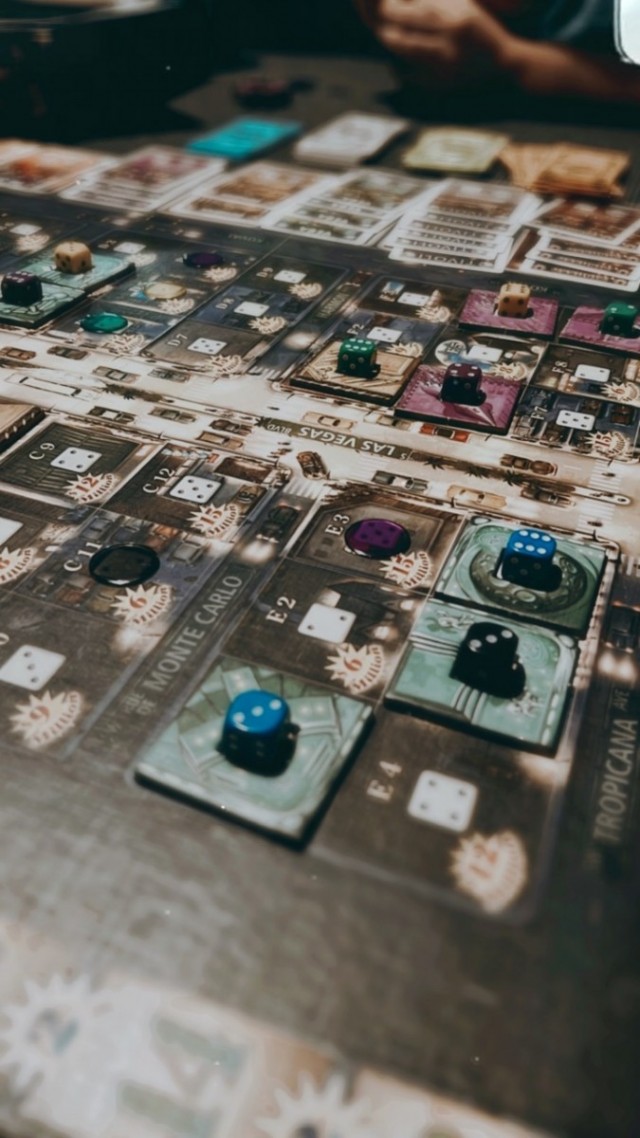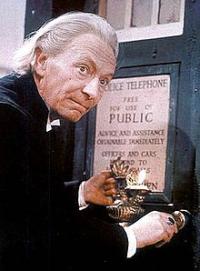The Magic Realm chit system---a completely different solution to D+D style fantasy mechanics.
I've decided to start a series where I take games in my collection and think about them via the one mechanic I think defines them. Today it's Magic Realm, inspired by a thread in trash talk about favorite fantasy combat mechanics.
Magic Realm has a lot going on in it. Too much, really, making it a difficult game to play unless you've made it into a lifestyle game. I believe that is why no one has really iterated on the original ideas contained in it, which remain completely orthogonal to the traditional ideas from D+D and elsewhere that carried the mechanics of the genre forward. In an alternate boardgame universe, I could see Magic Realm's chit system being the organizing mechanic behind fantasy combat. Magic Realm's chit system does three important things using one unified system: creates an original combat system that perfectly captures character combat styles, serves to provides a thematic wound and fatigue system, and differentiates character physical skills outside of combat.
The most obvious thing that this mechanic does is provide a combat system without dice (used in Magic Realm combat only for a minor random direction choice). Characters have a bank of chits, unique to them, that provide an overall characterization of their physical skills. Each chit has a speed and a "weight" on them, as well as asterisks which indicate how exhausting they are to use. Not all chits are created equal---each character has some incredibly valuable chits that are clearly of most use and which they must keep at all cost; once those chits are gone, death is probably not far behind. The speed of a chit indicates how fast the character is to dodge or strike, while the strength of a chit indicates how strong the attack of that character will be if it is used. So a swordsman (thiefish) character has a bank of light, high speed chits that are almost always going to hit (undercut) without relying on a random roll. He will also dodge most hits automatically unless he is unlucky. On the other hand, those chits struggle to do much damage (low strength), and some monsters are simply beyond his ability to kill. Meanwhile, a Berserker has high strength chits that tend to go quite slowly and struggle to hit (they do so randomly based on a dice roll (1/3 probability). So the holy grail of the Magic Realm combat system is to have a high strength, high speed chit. Which no one has, but they can acquire if they get lucky and get the right equipment and magic.
The reason that this system is, in my opinion, superior in most respects to the much used +X modifiers system or the "4 strength=roll 4 dice" systems is that it differentiates fighting characters using fundamental differences in their tactical capabilities rather than deterministic advantage or number of dice. It yields interesting choices in combat. A Berserker thinks and fights differently, not just with more dice. He has (mostly) relatively slow chits so must try to stay alive using his special berserk power while hoping to achieve a lucky 1/3 intersection and destroy quick enemies---but he is still fast enough with his best H/T chits to destroy the largest enemies, sometimes undercutting them with the right weapon. The system also requires the player to make decisions when allocating resources between evasion and attack, constantly considering tradeoffs between them. It allows a character to throw caution to the wind and wind up for an all out attack, if they so desire, or to play it conservative and try to plink away at the enemy combatant.
Another useful thematic outcome produced by the chit system is its use as a fatigue and wound system. Fantasy games tend to struggle with how to handle wounded characters. On one hand, the most common approach is simply to have hit points---once they are out, you are dead, but ultimately your capabilities do not change. So you take hits and they add up to death eventually. This makes the typical fantasy combat a grind it out war of attrition. The wound/fatigue chit system in Magic Realm is different. No hit points. If a strike is strong enough, it is an instant kill, which means characters travel about in fear of slow large enemies and combat has quite a bit of razor's edge tension. On the other hand, most hits against appropriately armored or tough characters simply burn off one or more chits. The character has to turn those chits over and cannot use them until healed. The chit system therefore yields a highly thematic battle where capabilities are slowly eroded away from character as they become more wounded, but not in an arbitrary fashion that creates a death spiral a la Spartacus: Blood and Sand combat. Characters can hold onto their best chits for final, heroic strikes, while having their options dwindle. The system also allows for fatigue, which similarly takes chits out of play as they are used if the character uses some of her stronger powers. A player surrounded by weak but numerically superior opponents, like the goblin horde, is likely to find themselves ground down due to wounds and fatigue until death.
Finally, the chit system also functions outside of combat to differentiate characters. It is used, for example, to create a form of class restriction for characters and equipment. Equipment is rated by its heaviness, and if characters do not have a heavy enough fresh chit the character cannot use that weapon. So, again fused into the same mechanic, a swordsman cannot use a great axe in combat---nor can he carry it at all! Unless he finds up a belt of tremendous strength, which makes him into a walking killing machine. This segues into the final advantage of the chit system outside of combat: generating an thematic and flexible way to incorporate equipment into the system. Weapons give you a sort of replacement chit which is generally more powerful than the default chit of that strength, while armor functions as additional chits to burn off when hit by the enemy, thereby saving your chit bank from wounds (or outright death).
I haven't even mentioned Magic Realm's use of chits for magic, but I'll save that for your own research. The game is subtle and complex, perhaps too complex, but the chit system at the heart of it is sheer design genius. The bottom line is that many times while playing a fantasy game I find myself wishing that it was Hamblen's flawed masterpiece that served as the basis for hand to hand combat systems in, say, FFG's modern games. It is both unsurprising and mind-boggling that Magic Realm's chit combat has not been endlessly iterated upon, given the advantages it provides over the current state of the art dice- and card-heavy combat mechanics.
 Games
Games How to resolve AdBlock issue?
How to resolve AdBlock issue? 



































